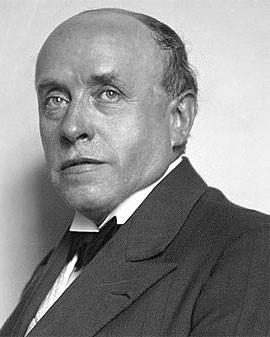Biography
A pioneering expressionist painter (influenced by the German Expressionists, though not formally associated with that group), Georges Rouault created pictures recognizable for the thick black brushstrokes that outline their subjects, as in le lutteur, no. 3 (1913). Rouault’s works resemble the cloissonisme of decorative glasswork, a look often attributed to the artist’s teenage years spent as a glass painter’s apprentice. In 1891 Rouault enrolled at the École des Beaux-Arts and studied closely under Symbolist Gustave Moreau. He later associated with the Fauvists and collaborated with Henri Matisse and André Derain to organize the Salon d’Automne, an exhibition of progressive art rejected by the more conservative Paris Salon. But rather than create pleasing “armchair” pictures like those of many of his contemporaries, Rouault applied his rough painterly style to religious subjects, clowns, and circus performers, using these motifs to reflect on religion, morality, and modern life.
